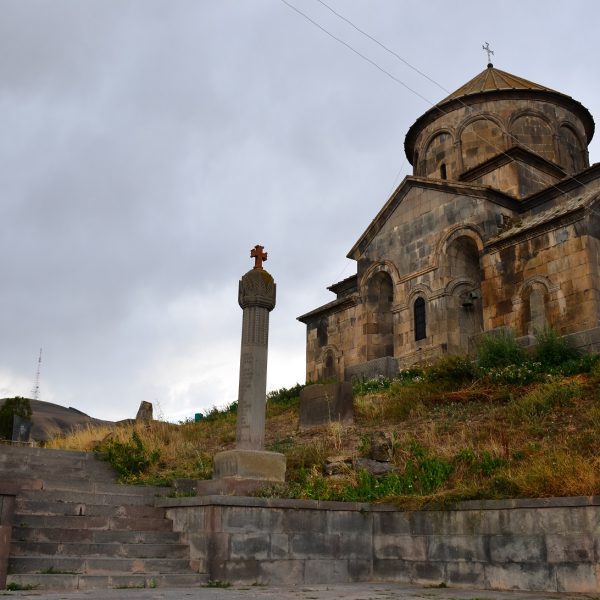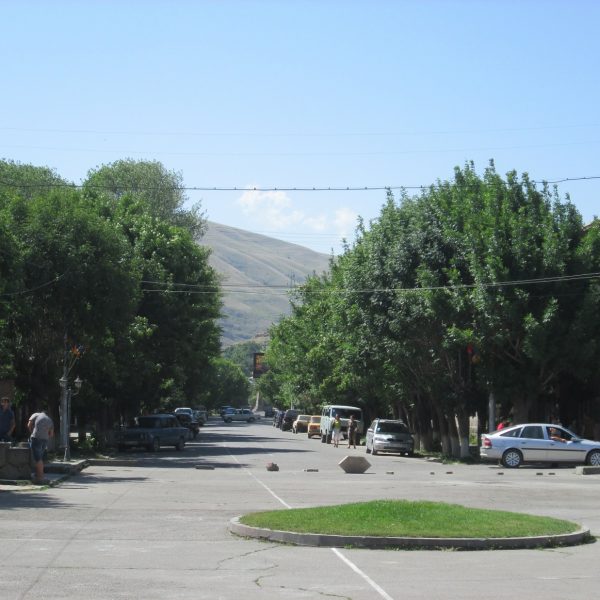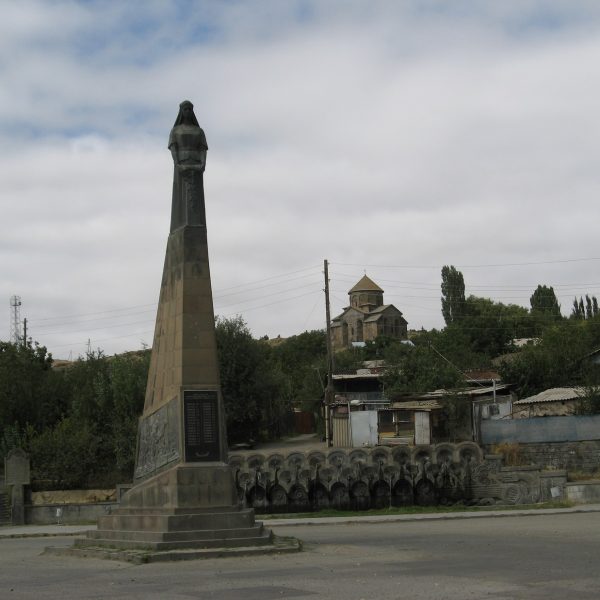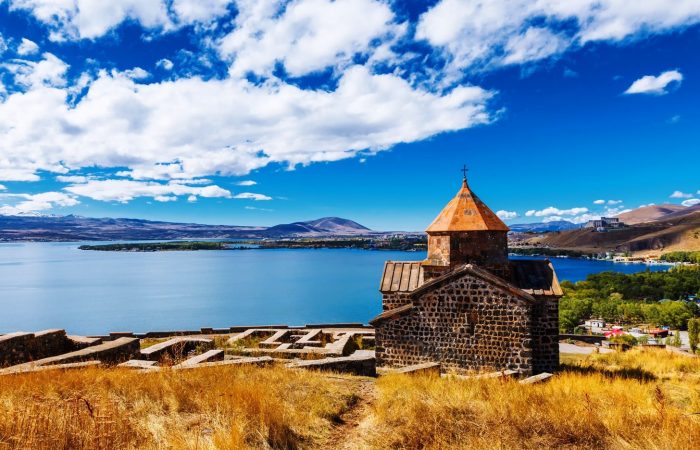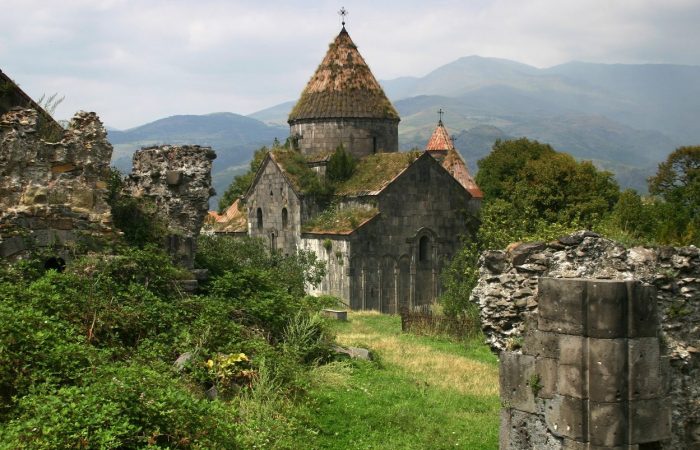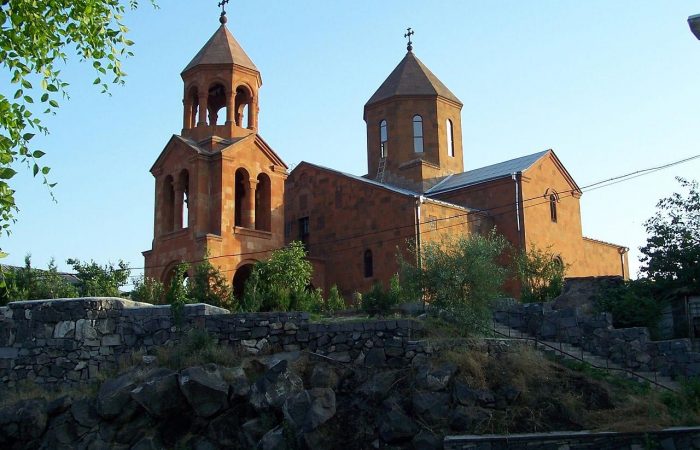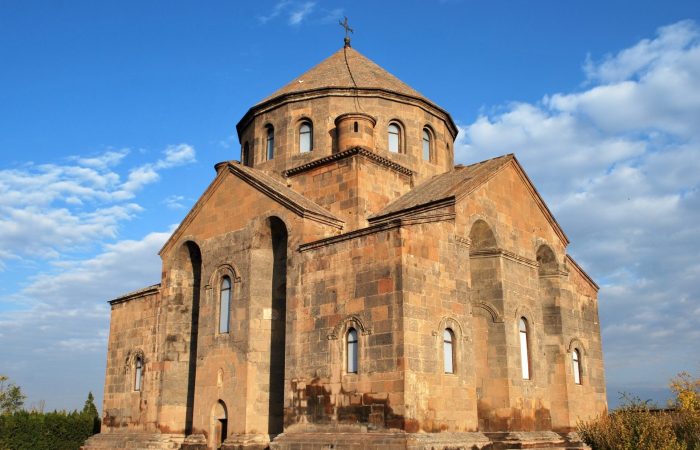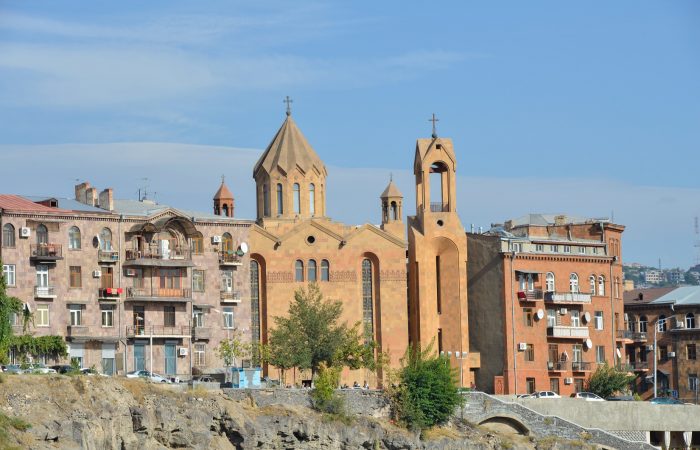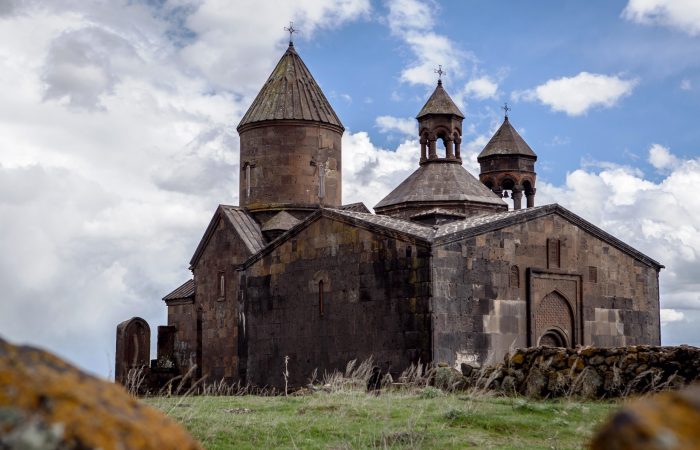Sisian: Brief Historical Account
The city is located 1700 meters above sea level. During the Soviet Union period the city was called Sisavan and presently Sisian.
Sisian is located in Syunik Province and the first mentions of this province were found in the works of Armenian historian Moses of Khorene, according to whom patriarch Gegham inherited the Province of Syunik, which then passed to his Son Sisak.
According to 7th century historian Anania Shirakatsi, Syunik was the 9th state of Greater Armenia. In the second half on the 19th century the Province of Zangezur was established, which was then dissolved and the administrative regions of Goris, Sisian, Kapan and Meghri were established. In 1995 the Province of Syunik was founded, which included the previous administrative regions of Goris, Sisian, Kapan and Meghri.
The city of Sisian took an active part in Artsakh Movement and later on equally shared the hardships Independent Armenia faced.
Sisian: Climate
If you love the scenes in which the snow is an absolute ruler, then visit the city during winter, which lasts very long here. The stable snowpack doesn’t allow you to think of warmer weather for around three-four months. While this might seem nice and miraculous for a one-time visitor, it is annoying for the locals. The average January temperature is (-4.8) degrees Celsius.
The spring usually starts in the middle of April and lasts until the second half of June. If you hate rain or don’t consider it suitable for exploring a certain city, then avoid visiting Sisian in May.
If you love moderately warm and dry summers, then you already know when to visit the city. While the temperature might reach 36 degrees Celsius at most, the average temperature is 17.9 degrees Celsius. One thing to note about the summers of Sisian is that the weather is never too dry or too hot there. So a perfect time for a visit; the best month is July.
Falls are usually cool and are no less good period to visit the city.
Sisian: Wildlife
While you are not promised to meet animals at every step, you might be lucky to see some of them from afar. The region of Sisian shelters such animals as bear, wolf, fox (only the yellow-greenish type) and hare. In some of the forests there are wild goats, pigs, lynxes and martens.
The rivers are rich in fish. The river trout, which is a most treasured fish type, can be found in Vorotan river. It should be noted, though, that there is very little chance you will catch or see this fish because the number has greatly decreased.
Vultures and eagles are also common in the region.
Sisian: Archaeological Excavations
Sisian is an old settlement. To the north-east of the city a sepulcher dating back to two thousand years ago was uncovered. The sepulcher included various items, among them daily tools, coins gold plates and so on.
The majority of the findings can today be found in the History Museum of Armenia.
Sisian: Places to Visit
Sisian is the city where you will never get bored. It’s where you will see some of the most beautiful Armenian sites.
Vorotan Canyon – The beautiful Canyon of Vorotan River is 100 meters deep. The 178 kilometers long river originates from Artsakh plateau. The canyon is especially full of visitors in spring-time, it’s when the lovers of inflatable boat sports gather in one place and enjoy their time.
Shaki Waterfall – Shaki is formed from one of the smallest tributaries of Vorotan River. It falls from a height of 40 meters. The naming of the waterfall has to do with a beautiful girl Shaki who is said to have thrown herself off of a rock. There are two legends regarding it; according to one of them the waterfall was formed by the hair of Shaki, and the second has it that while falling the dress opened and formed the waterfall. No matter you believe in the legends or not, the waterfall is a great place to visit and take awesome pictures.
Tummy Button Stone – The name of this stone is itself interesting and even more interesting is its meaning. The stone is buried in the ground and in its central part it has a conical height. A legend has it that infertile women used to perform rituals there after which they used to touch the stone with their tummy button and turn around it.
Syuni Monastery – Also known as Sisavan Monastery, Saint Grigor Church and Saint John Monastery, the Monastery of Syuni is believed to be built by Varazdukht, Princess of Syunik. The monastery was renovated in 1959-1961 and presently functions. The church has simple but impressive architecture and therefore is worth to be visited.
Karahunj – If you are acquainted or have heard about the Stonehenge, then you might already have some idea of what Karahunj is. Karahunj represents a large complex of Bronze Age megalithic structures. Up to this day it’s not clear for what purpose the huge stones were erected. If interested, Karahunj means “a bunch of stones.” The first naming given to Karahunj is believed o be “Zorats Karer” meaning “stone army.” The naming is explained by the fact that at a distance the stones appeared like an army. This archaeological site is believed to have a history of 7500 years ago. Some think Karahunj was a worship site, others believe it was used to study the night sky, a third group says the site was used to cure of infertility.
History Museum after Nikolay adonts – The history museum was established in 1990. It contains historical and archaeological materials regarding the history of Syunik province and Sisian. Ethnological materials are also preserved there.
National Gallery – The National Gallery of Armenia opened its branch in Sisian. This is a great place to visit for those people who are interested in art, specifically in water-colors, graphics and sculptures.

